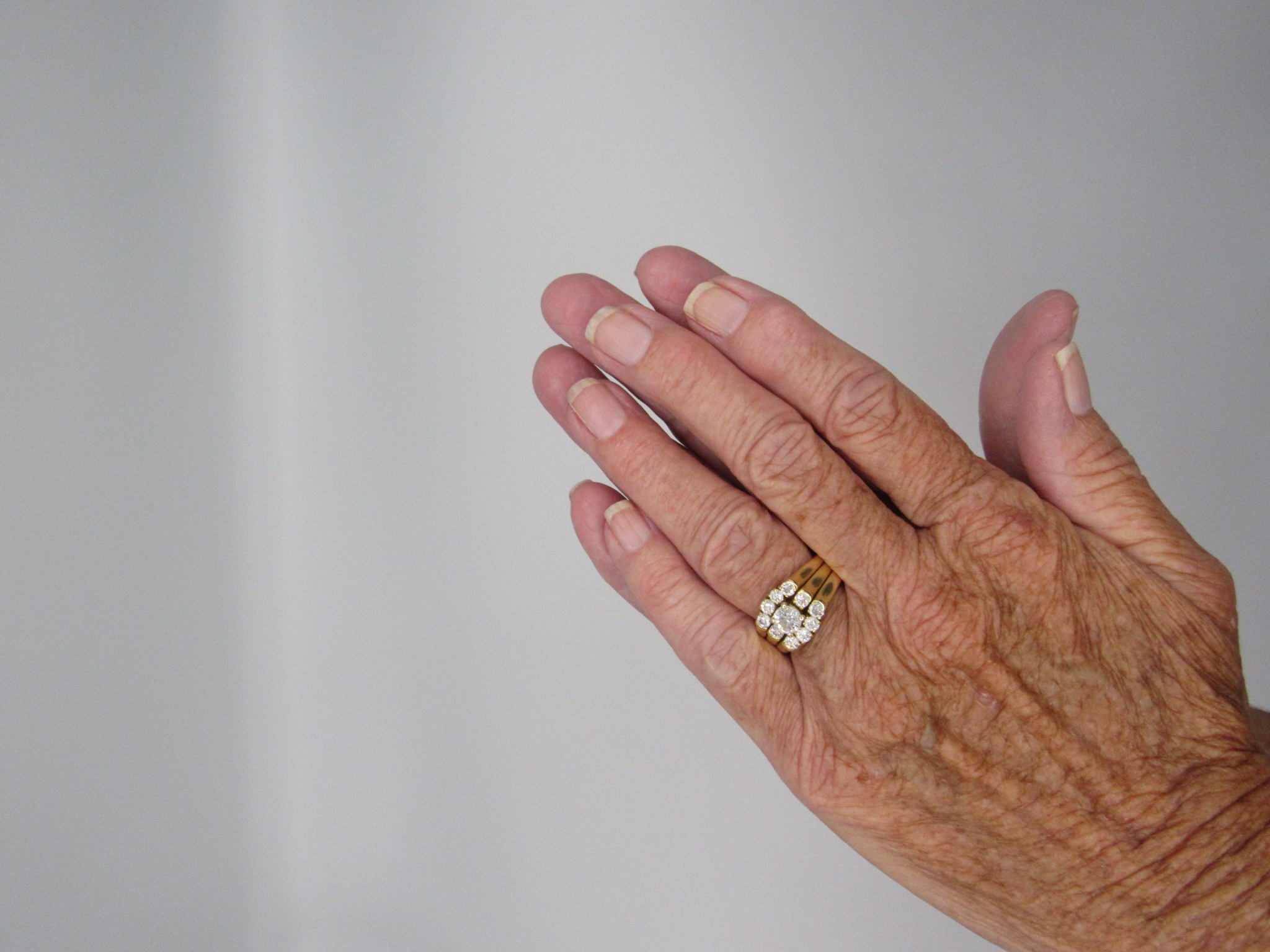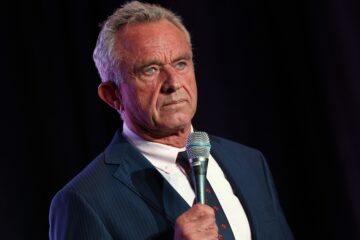Since the beginning of COVID-19’s spread through the U.S., many evangelical groups’ voices have adopted a strong pro-Trump slant, leading to a nearly propaganda-tier level of misinformation about the former president. So what led to some social media claims barely raising Trump short of a Messianic level?
Last October, Trump re-emerged after recovering from COVID-19, having been nursed back to health by a cocktail of highly expensive and exclusive experimental drugs. To the public, however, Trump conveyed an image of trivial resting and recovery from the virus. Egged on by pro-right convictions, his image began to circle ever closer to a ‘touched by God’ level of reverence.
This back and forth relationship between his former administration and the evangelical community started building in the early days of his presidency. White evangelical protestants have overwhelmingly voted Republican since the Reagan administration.
And not long after Trump entered office, various leaders began making claims that his presidency was prophesied to be special.
In a matter that would seem to be completely irrelevant, followers of QAnon, a far-right conspiracy theory propagated online, began attending Trump rallies in 2018. The conspiracy theory, touted by anonymous person ‘Q,’ claimed that a child trafficking cabal led by significant people like Barack Obama and Hillary Clinton would be taken down in an event called ‘the Storm.’
When Trump’s 2020 rallies began to gather momentum, the conspiracy theorists started to adopt the former president as their leader, including claims that Trump would be the one to lead the charge during ‘the Storm.’ He willingly embraced the believers and retweeted their posts on a daily basis, infusing his political stream with their mythos.
As it turned out, the COVID-19 outbreak would be the catalyst that saw the two groups meet.
The evangelicals voiced their protests at the idea of being forced inside, and simultaneously QAnon followers did so online. When the social distancing and quarantine orders actually came out, many who otherwise didn’t use the internet began to, and a number of far-right evangelicals joined the QAnon following.
In August 2020, theologian Katelyn Beaty wrote in her Religion News Service that of the pastors she had interviewed, the vast majority of them knew that their congregations were open to conspiracy theories.
Although most of her interviewees refused to go on the record, those that did told similar stories of their older members trusting conspiracies more than mainstream news. On the other side, their younger members could more easily see through the lies, and many were leaving in disgust.
While resistance against social distancing and masking orders grew all year, frustration over children continuing to stay home from school and election hotheadedness whipped tempers into a frenzy.
‘Plandemic,’ a pair of viral videos claiming that the government had manufactured COVID-19 fear for unknown reasons, spread rapidly through QAnon forums and church congregations alike.
After the failed storming of the Capitol and Joe Biden’s inauguration, the vast majority of these conspiracies have collapsed like an abandoned sock puppet. Although the Biden administration has seen numerous arrests of the rioters, many of the significant names that were giving credence to the conspiracy theories have voluntarily stopped.
Interestingly, Trump and the theorists seemed to have mutually abandoned each other’s cause.
When Trump stood by doing nothing during the Capitol attack and similarly failed to charge in with the cavalry during Biden’s inauguration, conspiracy theorists annulled his name from their claims in droves. Conversely, after being thoroughly exiled from social media, Trump’s communications quieted to almost nothing.
Although this fiasco seems to have finally run out of steam, it would be unwise to assume that it is over. We need to remember what happened. And we also have a duty to educate future generations on what this country suffered during the past administration so that it need never do so again.
Photo by Emma Crouch




